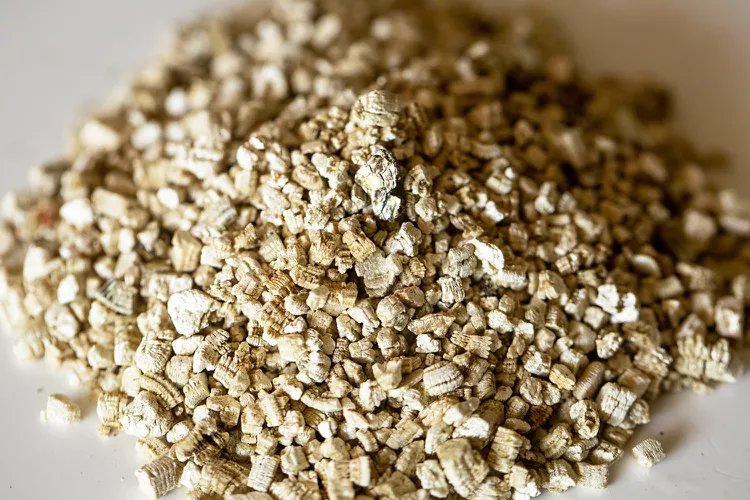Nov . 07, 2024 17:34 Back to list
Exploring Various Materials for Effective Thermal Insulation in Beverage Cups
Exploring Thermal Insulation Cup Materials A Guide to Choosing the Right Option
In our modern world, the importance of maintaining the desired temperature of beverages cannot be overstated. Whether it’s a hot cup of coffee to kickstart the day or a refreshing iced tea during summer, the right cup can make all the difference. This is where thermal insulation cups play a crucial role. These specially designed vessels help maintain the temperature of drinks for extended periods, making them essential for both everyday use and outdoor activities. This article delves into the various materials used in thermal insulation cups, examining their properties, advantages, and when to use each type.
1. Stainless Steel
One of the most popular materials for thermal insulation cups is stainless steel. Known for its durability and resistance to rust, stainless steel is an excellent choice for both hot and cold beverages. Its double-wall vacuum insulation provides superior thermal performance, keeping drinks hot for hours and cold for just as long. More importantly, stainless steel is non-reactive, meaning it won’t impart any metallic taste to beverages. This makes it an ideal option for coffee lovers and tea enthusiasts alike. Additionally, many stainless steel cups are designed to be BPA-free, making them safer for health-conscious consumers.
2. Glass
Glass thermal cups offer a unique aesthetic appeal while providing reasonable insulation. Often, these cups feature a double-wall construction, which helps in minimizing heat transfer. While glass is not as durable as stainless steel, it has the advantage of being inert. This means that it won’t interfere with the flavors of the drinks enclosed within. A notable downside of glass is its susceptibility to breakage; therefore, it’s best suited for home use or for environments where breakage is less likely. However, innovative designs, such as borosilicate glass, enhance durability and help resist thermal shock.
3. Plastic
Plastic thermal cups, particularly those made from high-quality polycarbonate or polypropylene, are lightweight and often come in various colors and designs. They are an economical choice, making them popular for casual use. However, the thermal insulation properties of plastic are generally inferior compared to stainless steel or glass, often leading to quicker heat loss. Many brands are producing BPA-free plastic cups, promoting safer usage. For outdoor activities or kids' use, plastic thermal cups are often the go-to option due to their low risk of breakage and lighter weight.
thermal insulation cups materials

4. Ceramic
Ceramic thermal insulation cups are known for their classic appearance and effective insulation capabilities. Glazed ceramic can hold heat well, often rivaling stainless steel in performance, and it is free of any harmful chemicals. A distinct advantage of ceramic is its ability to retain optimal flavor profiles, making it a favored choice for tea drinkers. However, ceramics can be heavy and prone to chipping or cracking if dropped, limiting their practicality in some situations.
5. Foam
Foam cups, often made from expanded polystyrene, are commonly used for disposable options. While they provide decent insulation for short-term use, they are not as effective as double-walled materials. The major benefit of foam cups is their lightweight nature and low cost, ideal for single-use scenarios like picnics or takeout. However, environmental concerns around plastic waste are urging consumers to consider reusable alternatives.
Conclusion
When it comes to choosing a thermal insulation cup, several factors should guide your decision the intended use, desired durability, insulation performance, and aesthetic preference. Stainless steel is the top choice for those seeking long-term, high-performance solutions. Glass and ceramic offer excellent heat retention and flavor preservation but come with risks of breakage. Plastic is lightweight and versatile but may sacrifice thermal efficiency. Lastly, foam is a practical option for short-term needs but raises environmental concerns.
By understanding the strengths and weaknesses of each material, consumers can make informed choices that enhance their drinking experience while meeting their unique needs. Whether you’re sipping coffee at home or enjoying a smoothie on the go, there’s a thermal insulation cup perfectly suited for you.
-
Eco-Friendly Granule Covering Agent | Dust & Caking Control
NewsAug.06,2025
-
Fe-C Composite Pellets for BOF: High-Efficiency & Cost-Saving
NewsAug.05,2025
-
Premium Tundish Covering Agents Exporters | High Purity
NewsAug.04,2025
-
Fe-C Composite Pellets for BOF | Efficient & Economical
NewsAug.03,2025
-
Top Tundish Covering Agent Exporters | Premium Quality Solutions
NewsAug.02,2025
-
First Bauxite Exporters | AI-Optimized Supply
NewsAug.01,2025
